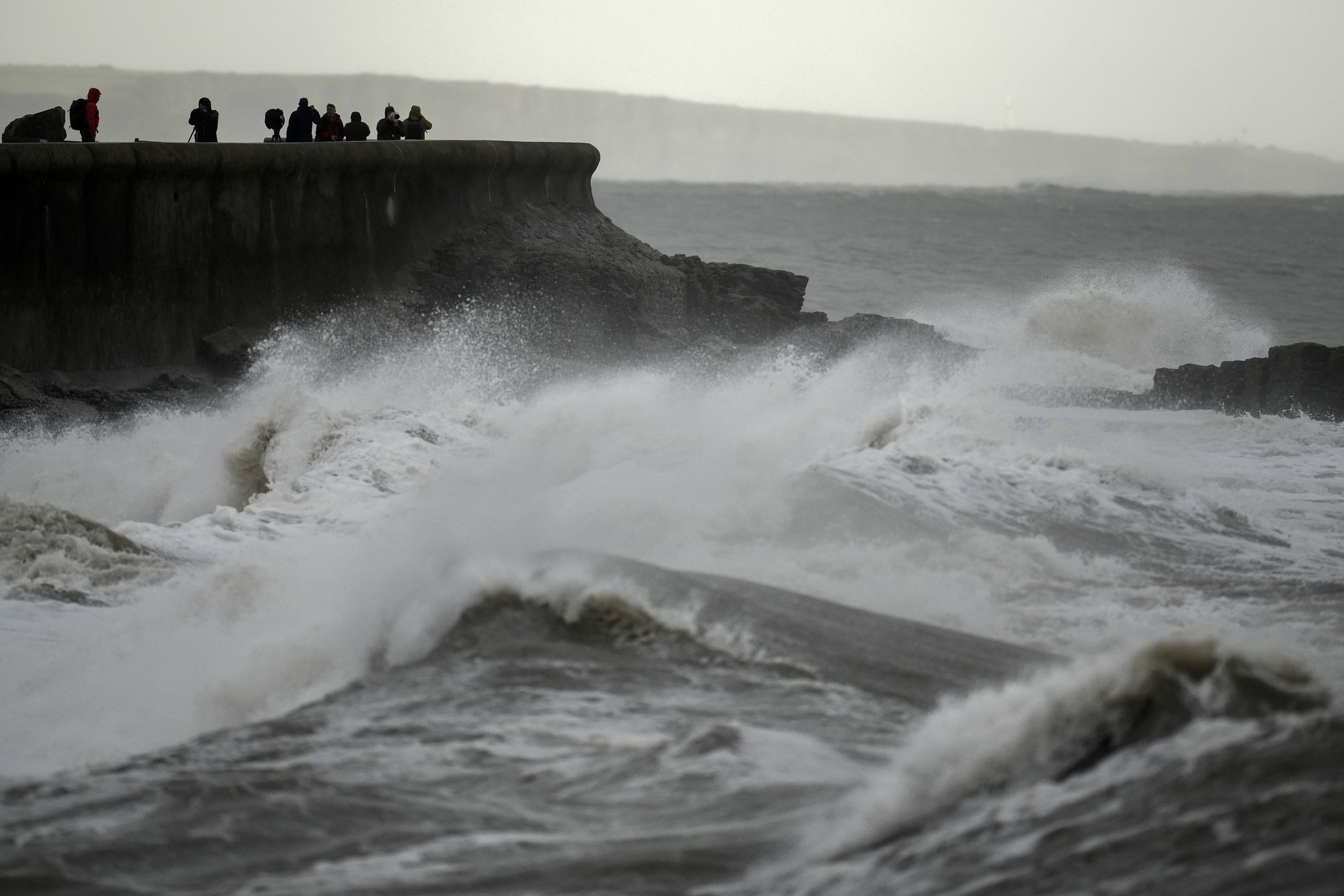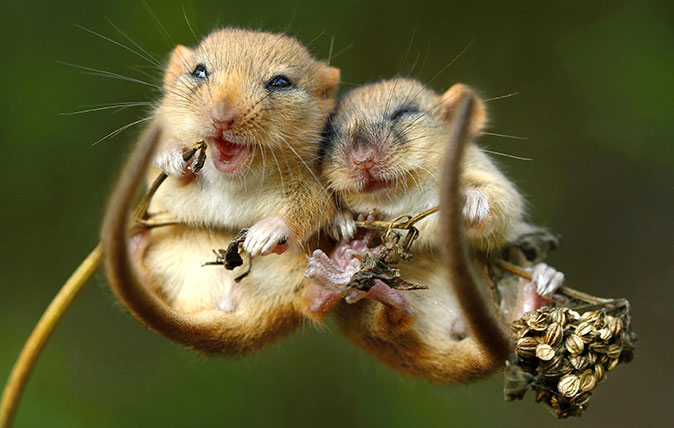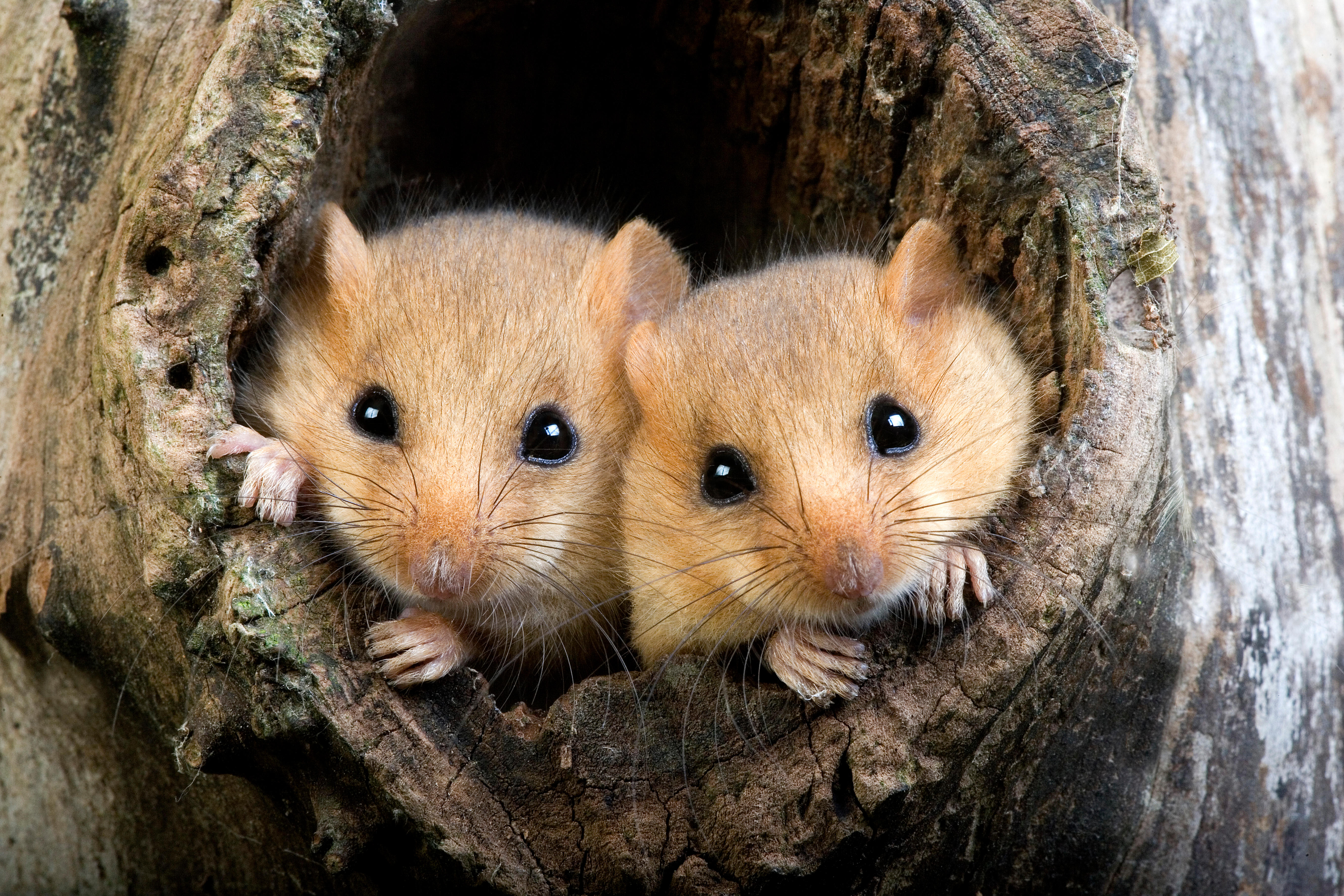Blazing summers, short winters and 15 years of erosion in a day
The changing weather is having an impact on everything from hibernating dormice to caterpillars and calves.


It may only just have been the second warmest year on record (with the mean UK temperature a mere 0.06˚C cooler than 2022 at 9.97˚C), but 2023 was another indicator of an alarming trend — climate change is ‘starting to bite’. According to the Met Office, the five warmest years in the UK since 1884 include 2020, 2022 and 2023, and the 10 warmest years have all occurred since 2003. This year is set to be warmer still and, without predictable weather patterns and proper seasons, the impact on wildlife is increasingly negative, with a higher likelihood of pests and diseases, and chaos for animals, trees and plants.
In this election year, the National Trust is calling for politicians to make this a top priority. ‘We want to see parties commit to accelerating progress on Nature restoration, increase support for Nature-based solutions to climate change and to put climate adaptation at the heart of their manifestos,’ says the Trust’s head of nature and restoration ecology Ben McCarthy.
In 2023, during our warmest-ever June, the River Derwent in the notoriously wet Borrowdale Valley in the Lake District dried out for the third consecutive year. We also had the hottest July globally and a warm and wet autumn followed by a handful of seriously damaging storms; Storm Ciaran saw one area of Dorset coast cared for by the Trust suffer up to 15 years’ worth of erosion in only one day.

‘Shorter winters… could have particularly devastating impacts for trees — with cold snaps just not long enough to kill off diseases such as oak processionary moth, whose caterpillars infest oak trees, leaving them vulnerable to other threats,’ continues Mr McCarthy.
‘Warmer winters could also impact our heathlands, allowing the heather beetle to take hold, killing off huge swathes of heather. It impacts hibernators such as dormice, which may emerge from torpor (hibernation) early, using up vital energy stores, and red deer may leave rutting to later, meaning calves are born in the summer rather than the spring, with insufficient time to grow and put on fat reserves to survive cold snaps. It’s these baseline changes that we’re seeing that are really worrying.’
He concludes: ‘The incremental shifts we’re experiencing… may not feel like much in a 12-month period, but over a decade the changes are extremely significant. It demonstrates how vitally important it is to continually assess local conditions to ensure that we have the right conservation plans in place to help Nature adapt.’

Credit: Caters
Exquisite houses, the beauty of Nature, and how to get the most from your life, straight to your inbox.
Dormice: Britain’s sleepiest, and most charming little creatures
David Profumo takes a look at the lovely little dormouse – a delightful little creature which spends 75 per cent

Hazel dormice being introduced into a slice of Britain's ancient woodland: 'We hope this is the first of many'
Efforts to save Britain's hazel dormice are working — and now they're being reintroduced to the wild in Derbyshire.
Annunciata is director of contemporary art gallery TIN MAN ART and an award-winning journalist specialising in art, culture and property. Previously, she was Country Life’s News & Property Editor. Before that, she worked at The Sunday Times Travel Magazine, researched for a historical biographer and co-founded a literary, art and music festival in Oxfordshire. Lancashire-born, she lives in Hampshire with a husband, two daughters and a mischievous pug.
